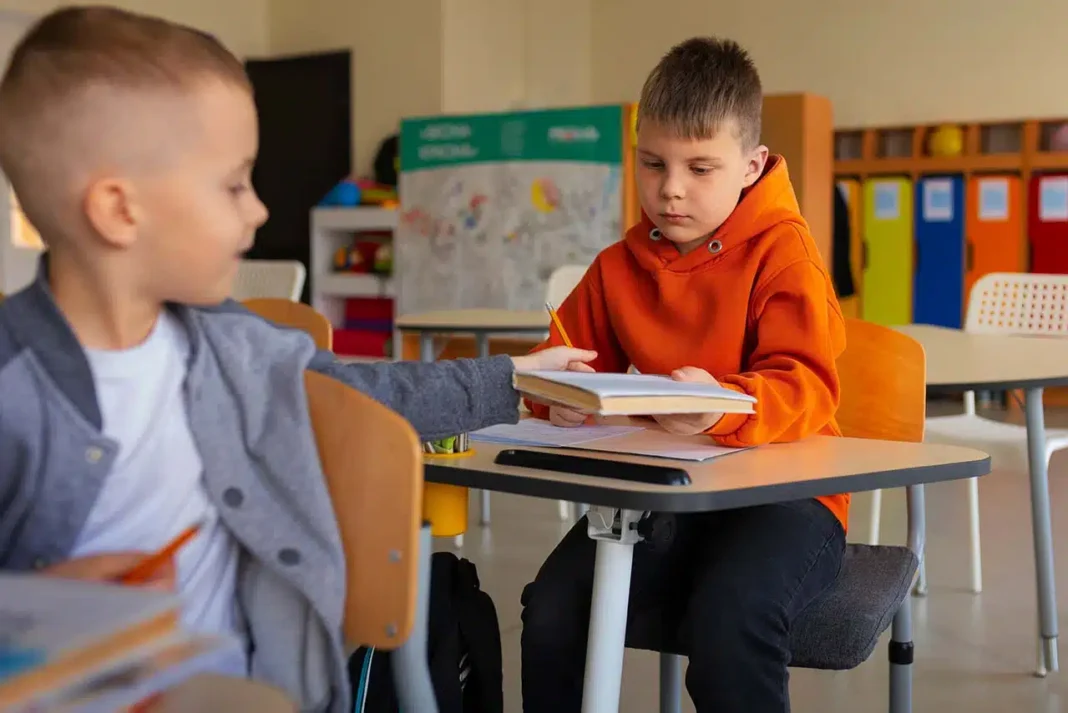Peer relationships play a pivotal role in shaping individuals’ social identities throughout childhood, adolescence, and into adulthood. One of the fundamental factors influencing the quality of these relationships is kindness. Peer kindness encompasses behaviors and attitudes rooted in empathy, respect, and helpfulness among individuals of equal social standing. In today’s fast-paced world, where individual competition often takes precedence, peer kindness serves as a cornerstone for strengthening social bonds and promoting psychological well-being.
Research in positive psychology demonstrates that even small acts of kindness can have lasting positive effects on both the giver and the receiver (Lyubomirsky, Sheldon & Schkade, 2005). A simple “thank you” or a supportive gesture toward a peer can significantly contribute to individuals feeling valued and fostering a sense of social belonging. Such behaviors also play a crucial role in enhancing self-esteem and self-confidence.
Empathy forms the psychological foundation of kindness. It involves recognizing and understanding the emotions and needs of others, leading to appropriate and caring responses. The theory of emotional contagion (Hatfield, Cacioppo & Rapson, 1994) explains how positive emotions can rapidly spread within social environments, influencing the mood and behaviors of group members. Therefore, a student’s kind act can create a ripple effect, fostering positive emotions throughout the classroom. The principle of reciprocity in social psychology (Gouldner, 1960) supports this process by encouraging the return of kindness, thus perpetuating a cycle of positive social interactions.
Another crucial aspect of peer kindness is its role in enhancing the sense of belonging. Adolescence is a developmental stage marked by a strong desire for social acceptance and group membership, which are vital for psychological resilience. Studies indicate that kindness improves social acceptance and facilitates integration into peer groups (Baumeister & Leary, 1995). Early introduction of these values in educational settings supports not only academic achievement but also emotional and social development.
In our middle school, as two school counselors, we initiated a comprehensive, interdisciplinary program aimed at fostering a culture of peer kindness throughout the entire school community. Teachers from all disciplines actively contributed by incorporating creative kindness-related activities into their lessons. For example, students wrote “kindness letters” during Turkish language classes, practicing positive communication and emotional expression. Science classes emphasized collaborative experiment groups where positive interactions and supportive attitudes were prioritized. In visual arts, students created a “Kindness Wall” where they shared compliments and gratitude notes with their peers. In music classes, students composed kindness-themed songs using artificial intelligence tools to support creative processes. Physical education classes highlighted fair play and respect during team sports. Moreover, “Kindness Boxes” were placed in school corridors, enabling students to leave written positive feedback for one another, while bulletin boards displayed inspiring messages and visuals about kindness.
This holistic approach transformed peer kindness from isolated activities into a deeply felt value within the school climate. We observed a decrease in conflicts, an increase in empathy and cooperation, and strengthened communication within classrooms. Supported by our psychological counseling services, these efforts significantly contributed to students’ emotional regulation skills and the development of healthy social relationships.
In conclusion, peer kindness is not merely a virtue that strengthens interpersonal relations; it is a powerful force that nurtures positive social connections and supports individual psychological health. Small gestures, sincere gratitude, and empathy-based communication enhance individuals’ sensitivity toward themselves and others. Introducing this culture early through interdisciplinary collaboration lays the groundwork for safer, more supportive, and more productive communities in the future.
References
-
Baumeister, R. F., & Leary, M. R. (1995). The need to belong: Desire for interpersonal attachments as a fundamental human motivation. Psychological Bulletin, 117(3), 497–529.
-
Gouldner, A. W. (1960). The norm of reciprocity: A preliminary statement. American Sociological Review, 25(2), 161–178.
-
Hatfield, E., Cacioppo, J. T., & Rapson, R. L. (1994). Emotional contagion. Cambridge University Press.
-
Lyubomirsky, S., Sheldon, K. M., & Schkade, D. (2005). Pursuing happiness: The architecture of sustainable change. Review of General Psychology, 9(2), 111–131.



